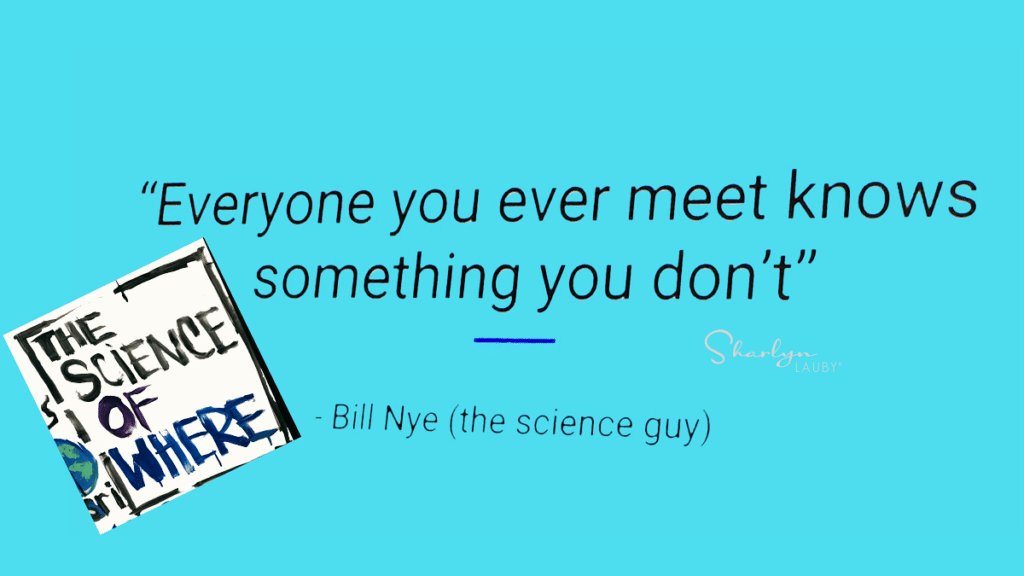Use the Scientific Method to Create Organizational Change
Estimated reading time: 3 minutes
Several years ago, I wrote an article for The Workforce Institute blog titled “The Scientific Method isn’t Just for Scientists”. The scientific method is a proven model for problem solving that includes five steps:
- Identify the problem.
- Form a hypothesis.
- Test the hypothesis by conducting an experiment.
- Analyze the data.
- Communicate the results.
Even if we’re not in the field of science, we can use this model to solve problems and create change. I recently listened to Bill Nye (the Science Guy)’s MasterClass on Science and Problem Solving where he spent a lot of time talking about how the scientific method can be used to create change. While he was focused on discussing the science of climate change, his points can be applied to a general business environment.
The underlying theme of his MasterClass was that the principles of science are for everyone and the way we research problems can have an impact on how we design solutions. HR competency models have identified critical thinking as necessary for human resources professionals. Using a proven model like the scientific method can be a perfect way of developing and refining our critical thinking skills. Here are a few of my takeaways from his class.
Rules and constraints are not necessarily bad or wrong. They are just things we have to deal with. Sometimes people want to use a rule as a reason for not attempting to tackle a problem. Nye’s suggestion was that the process of problem solving within a set of constraints can lead to greater creativity and innovation.
Use critical thinking to evaluate the quality of data we receive. With today’s technology and fast paced news cycles, we have access to a tremendous amount of information. And because we do, it’s essential to learn how to evaluate information well. Think of it as media literacy. Neil deGrasse Tyson also talks about the importance of questioning information – even from our favorite sources – in his MasterClass as well.
Be prepared to change your mind. It’s okay to change our position on a topic. New information might surface that supports a different way of thinking. One thing we do want to be cognizant of is that we don’t let fear make decisions for us. Yes, we have to talk about the negatives / downsides of an issue, but we should use the benefits to help convince us.
Learn how to turn the scientific method into action. Some people (and organizations) are great at talk and fall short on action. Maybe as HR pros one of the things we can do is help people develop new habits. Instead of saying “stop doing this” or “don’t do that” … let’s find ways to help and support people trying to change.
My last takeaway was on the importance of participating in the process. As I mentioned earlier, Nye spent a lot of the MasterClass using climate change examples and he frequently mentioned the importance of voting and participating in the local and global conversations about climate change. Regardless of your feelings about climate change, the message about participation matters in business too. We can’t simply say, “Oh, the company isn’t going to do anything so I’m not going to participate.” That thinking doesn’t help anyone.
As businesspeople, there will always be some sort of challenge we need to work on. Some problems are big, and others are small. Finding a proven method to research and work on problems is necessary. What can be very beneficial for the organization is to adopt a method – like the scientific method – properly train everyone in the organization and use it regularly to make the organization better.
Image captured by Sharlyn Lauby while exploring the streets of Salt Lake City, UT
40